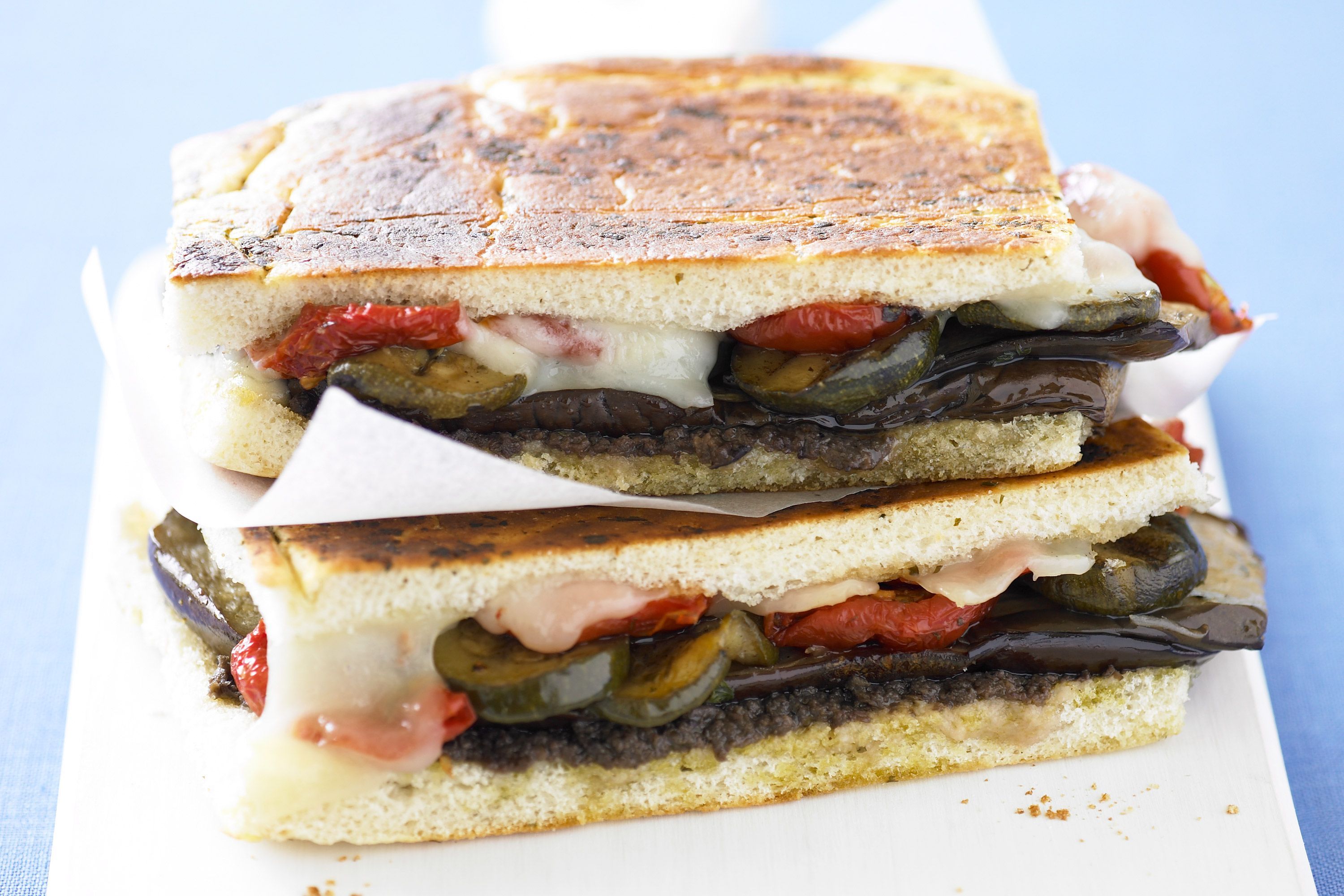Polytechnique Montreal grades cafeteria dishes from A to F corresponding to equivalent CO2 emissions in kilograms, according to Patrick Cigana of the school's Office of Sustainable Development.
This allows students to check out information about the dishes’ carbon footprint.
Supported by the student body, the project aims to educate and raise awareness, says Cigana.
The study helps students know what is best for the environment.
For example, a meal of meat and potatoes was rated B compared to the D+ given to the vegetable focaccia because of its au gratin cheese.
To calculate the carbon footprint of each dish, a small team of researchers and students at the on-campus International Reference Center for Life Cycle Analysis and Sustainable Transition (CIRAIG) analyzes each of the recipes’ ingredients based on previously compiled databases.
According to Francois Saunier, deputy general manager of CIRAIG, the process starts from the field, from the moment we cultivate the plant until the dish is served in the cafeteria
The calculations include transportation, food waste, and cooking in the cafeteria.
He noted the unexpectedly high carbon footprint of cheese or rice, being major sources of methane emissions.
The food system, including production, packaging, and distribution, - represents the primary source of greenhouse gas emissions at the global level, according to Carole-Anne Lapierre, an agriculture and food systems analyst at Equiterre.
Polytechnique's initiative gives us immense power as consumers because we can make different choices, adds the expert,
The university's pilot experiment is the only one of its kind in Canada, although in 2019 a French university and some British restaurants created menus using a similar idea.



 Bitcoin Slips Below $100K Amid Fed Rate Concerns
Bitcoin Slips Below $100K Amid Fed Rate Concerns  Apple Renames iPhone SE 4 to iPhone 16E with OLED Display, iPhone 14 Look, and Action Button Features
Apple Renames iPhone SE 4 to iPhone 16E with OLED Display, iPhone 14 Look, and Action Button Features  Hallucinogens approved for treating psychiatric disorders: what does the science say?
Hallucinogens approved for treating psychiatric disorders: what does the science say?  Public Health Experts Warn of ‘Quad-Demic’ as Flu, COVID, RSV, and Norovirus Threaten Winter Surge
Public Health Experts Warn of ‘Quad-Demic’ as Flu, COVID, RSV, and Norovirus Threaten Winter Surge  Mizuho Reveals January US Top Picks: Chewy, GE Vernova, and More
Mizuho Reveals January US Top Picks: Chewy, GE Vernova, and More  How a new map of the UK’s blue carbon habitats could change how oceans are protected
How a new map of the UK’s blue carbon habitats could change how oceans are protected  We’ve found an answer to the puzzle of how the largest galaxies formed
We’ve found an answer to the puzzle of how the largest galaxies formed  The Moana effect: how small island developing states are bringing their struggle against climate change to the world
The Moana effect: how small island developing states are bringing their struggle against climate change to the world  Apple Skips TSMC’s Pricey 2nm Chips for iPhone 17 Pro Over Steep Costs and Limited Production
Apple Skips TSMC’s Pricey 2nm Chips for iPhone 17 Pro Over Steep Costs and Limited Production  A look at the economic chart for 2024
A look at the economic chart for 2024  Some black holes at the centers of galaxies have a buddy − but detecting these binary pairs isn’t easy
Some black holes at the centers of galaxies have a buddy − but detecting these binary pairs isn’t easy  BYD Outpaces Expectations with 4.27 Million Sales in 2024 as Tesla Rivalry Escalates
BYD Outpaces Expectations with 4.27 Million Sales in 2024 as Tesla Rivalry Escalates  Christmas Eve Asteroid' to Skim Past Earth at 14,743 mph Tonight, NASA Warns
Christmas Eve Asteroid' to Skim Past Earth at 14,743 mph Tonight, NASA Warns 































